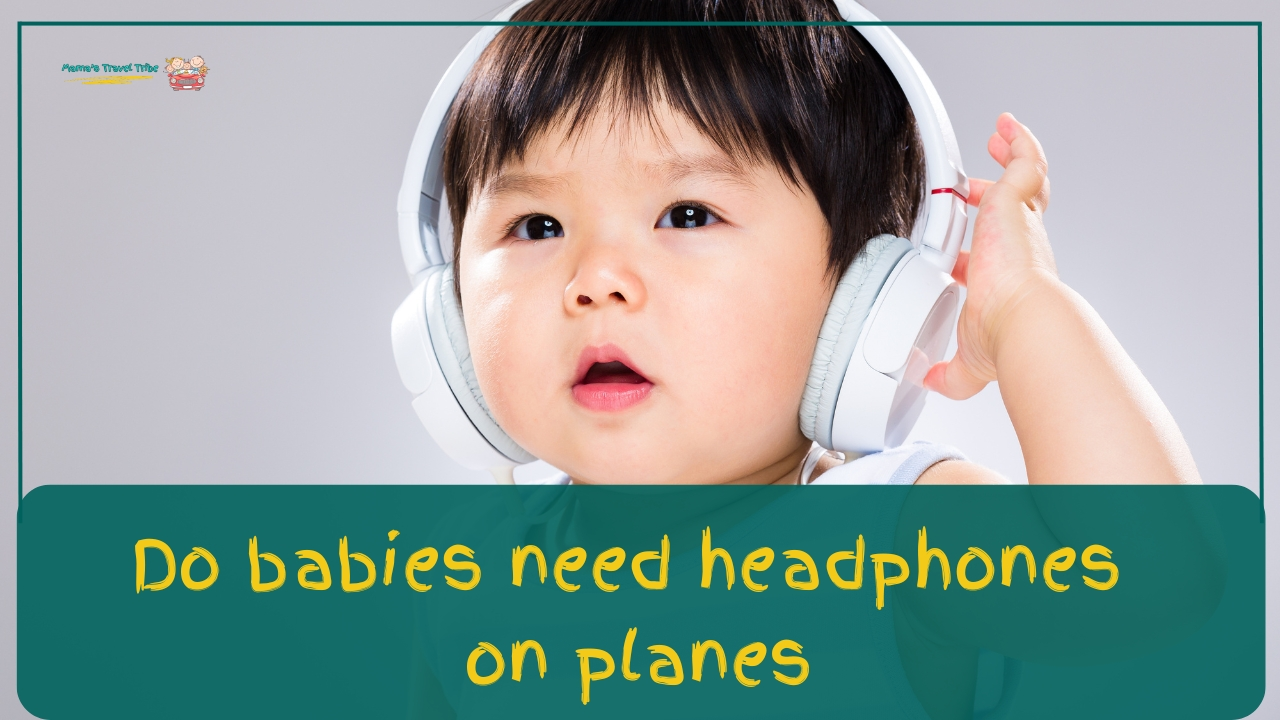“Do babies need headphones on planes?” is a frequent question asked by parents. The answer is not necessarily. But I think they can be beneficial and you will have to read the rest of the guide to find out. So stick to the end and make your next flight smoother.
Do Babies Need Headphones on Planes? (Everything to Know)
No, babies do not necessarily need headphones on planes. However, it’s a good idea to bring them on the journey. Planes can be very loud, which might disturb or harm your baby’s sensitive ears. Headphones can help reduce noise, making it easier for your baby to sleep or stay calm.
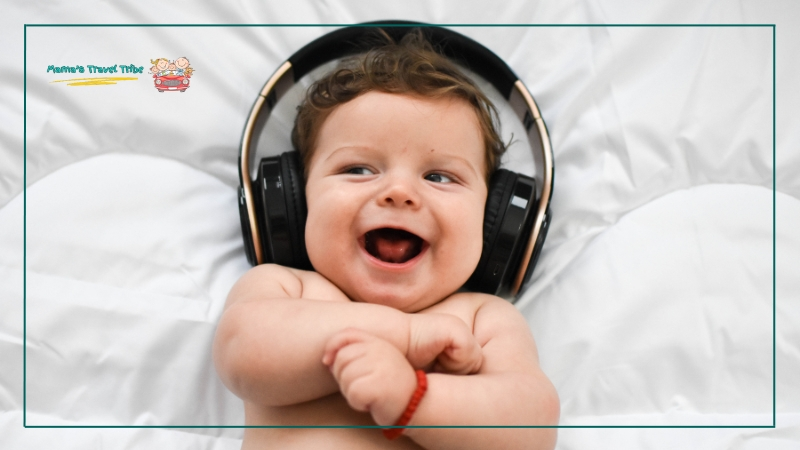
These are the best choices for babies:
- Earmuffs: These are designed specifically for noise protection. They cover the entire ear and reduce the overall noise level.
- Volume-Limited Headphones: These headphones have a maximum volume limit to protect your baby’s hearing if you plan to play music or white noise.
While considering what to bring for in-flight comfort, don’t forget about the logistics of traveling with baby gear. If you’re unsure about bringing a stroller, check out Can You Take a Stroller on a Plane? Strict Policies You Need to Know.
What Are the Benefits of Taking Headphones For Babies on Planes?
There are many benefits of taking headphones for babies on a plane. The noise level inside an airplane can be high, sometimes exceeding safe levels for young children. Additionally, pressure changes during takeoff and landing can cause discomfort.
Headphones designed for babies can help minimize noise and protect their ears from potential damage.
Reduces Noise
Headphones for babies can significantly reduce the loud noises on a plane. Airplane engines, in-flight announcements, and general cabin noise can be overwhelming for a baby. Noise-canceling headphones block out these sounds, creating a quieter environment.
This can make the flight more comfortable for your baby and help them sleep better. Reducing noise can also prevent potential hearing damage from prolonged exposure to loud sounds.
Protects Sensitive Ears

Babies have very sensitive ears, and the loud noises and pressure changes on a plane can be harmful. Headphones help protect their ears by reducing the noise level they are exposed to. This is especially important during takeoff and landing when pressure changes can cause discomfort.
Headphones with soft, cushioned ear pads also provide a gentle fit, ensuring your baby’s ears are well-protected throughout the flight.
Helps Keep Babies Calm
Flying can be a stressful experience for babies due to the unfamiliar environment. Wearing headphones can help keep them calm by reducing the sensory overload.
Some headphones even come with built-in soothing sounds or music, which can help distract and relax your baby. Keeping your baby calm can lead to a more peaceful flight for both the baby and the parents.
Encourages Better Sleep
A quieter environment created by noise-canceling headphones can help your baby fall asleep. Sleeping through the flight can make the journey easier and more comfortable for your baby.
When babies sleep well, they are less likely to be fussy or irritable. This makes the overall travel experience more pleasant for everyone involved.
Provides Entertainment
Some baby headphones can be connected to devices to play soft music or lullabies. This can be a great way to entertain your baby and keep them occupied during the flight. Having a familiar and soothing sound can make the flight experience more enjoyable for your baby.
It also gives parents a tool to distract their baby during the flight, making it easier to manage their needs.
Which Factors to Consider Before Getting Headphones for Babies?
When choosing headphones for babies, consider safety first: opt for noise-limiting models to protect hearing. Ensure they are lightweight, have a comfortable fit with soft padding, and are durable. Additionally, look for wireless designs to avoid tangles and have easy-to-clean materials, especially for younger children.
Fit
When choosing headphones for your baby, make sure they fit well. The headphones should be adjustable so they can grow with your child. Look for headphones that gently cover your baby’s ears without being too tight. A proper fit ensures that the headphones stay in place and provide effective noise reduction.
Noise-Canceling Features
Noise-canceling headphones are beneficial for babies because they block out unwanted background noise. This feature is especially useful on planes, where the engine noise can be very loud.
Noise-canceling headphones create a quieter environment, helping your baby stay calm and relaxed. Make sure the headphones have good noise-canceling capabilities to protect your baby’s sensitive ears.
Volume Limit
It’s important to choose headphones with a volume limit to protect your baby’s hearing. Look for headphones that have a maximum volume limit of 85 decibels (dB), which is considered safe for young ears. Some headphones come with built-in volume control to ensure the sound doesn’t get too loud. This feature prevents potential hearing damage from high volume levels.
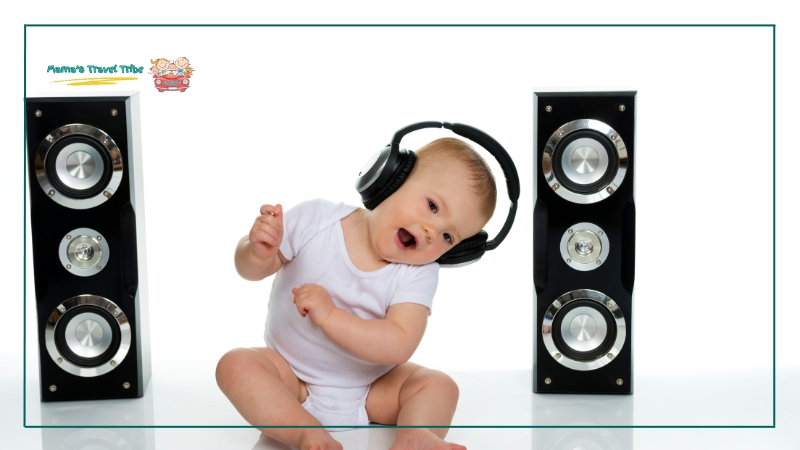
Comfort
Comfort is key when selecting headphones for your baby. Look for lightweight headphones with soft, breathable materials. Cushioned ear pads and an adjustable headband can make the headphones more comfortable to wear for longer periods. Comfortable headphones are less likely to irritate your baby and can help keep them calm during the flight.
Safety Certifications
Check for safety certifications when buying headphones for your baby. Certifications from organizations like the Consumer Product Safety Commission (CPSC) or the American Academy of Pediatrics (AAP) indicate that the headphones meet safety standards. Safety-certified headphones ensure that the materials used are non-toxic and safe for your baby to use.
Durability
You should choose durable headphones that can withstand a bit of wear and tear. Look for headphones made from sturdy materials that won’t easily break. Some headphones come with reinforced cables and durable headbands to ensure they last longer. Durable headphones are a good investment as they will be able to endure the rigors of travel and everyday use.
Portability
Portable headphones are easy to take on trips. You can also keep them in your carry-on bag, as they don’t take up too much space. Portability ensures that the headphones are always available when you need them.
What Are There Alternatives to Headphones for Babies?
Alternatives to headphones for babies include ear muffs, which cover the entire ear for excellent noise reduction without electronic parts, and ear plugs, designed to fit snugly and made from soft, gentle materials. Additionally, white noise machines create a calming environment, and soft headbands with built-in speakers offer a gentle audio option.
Ear Muffs
Ear muffs are a great alternative to headphones for babies. Unlike headphones, ear muffs don’t have any electronic components, making them lightweight and easy to use.
They are also adjustable to fit your baby’s head comfortably. Ear muffs can effectively block out loud noises on a plane, helping to protect your baby’s sensitive ears.
Ear Plugs
Ear plugs are small, soft, and fit snugly into the ear canal to reduce noise. Look for ear plugs specifically designed for babies or children, as they are made from gentle materials that won’t irritate delicate skin.
Ear plugs are convenient and easy to carry, making them a practical option for air travel. Always ensure they are inserted correctly and check regularly to make sure they stay in place.
White Noise Machines
White noise machines produce a consistent sound that can help mask the loud noises on a plane. Portable white noise machines are available and can be easily packed in your carry-on bag.
They are especially useful during takeoff and landing when noise levels are highest.
Soft Headbands with Built-In Sound
Another alternative is soft headbands with built-in speakers. These headbands play gentle sounds or music. The speakers are embedded in the fabric, so there’s no need for bulky headphones or ear muffs.
These headbands can be a fun and soothing way to keep your baby entertained during the flight. Ensure the volume is kept low to protect your baby’s hearing.
Parent’s Shoulder
Sometimes, the simplest solutions are the best. Holding your baby close to your shoulder can help shield them from loud noises. Your body can act as a natural barrier, reducing the impact of ambient noise.
This method provides comfort and security to your baby, helping them feel safe during the flight. It’s a great way to soothe a fussy baby without the need for additional equipment.
Swaddling
Swaddling can also help reduce the impact of loud noises. In fact, a snug swaddle can provide a sense of security as well.
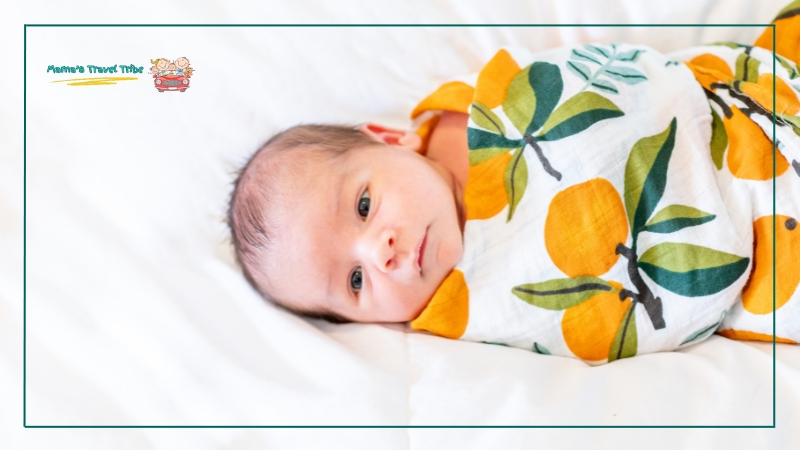
In my opinion, while swaddling doesn’t block noise as effectively as other methods, it can be a comforting addition to other noise reduction techniques. Use a lightweight, breathable blanket to keep your baby comfortable during the flight.
Practical Tips: How to Protect Baby Ears During Flight?
To protect your baby’s ears during a flight, use ear muffs or ear plugs designed for infants to reduce noise. During takeoff and landing, encourage swallowing by breastfeeding, bottle-feeding, or using a pacifier to help equalize ear pressure.
Additionally, consider using a white noise device to soothe and distract your baby from the loud sounds of the aircraft.
Use Noise-Canceling Headphones or Ear Muffs
Using noise-canceling headphones or ear muffs is an effective way to protect your baby’s ears during a flight. These devices reduce the loud noises from the airplane engines and cabin, creating a quieter environment.
Choose headphones or ear muffs designed specifically for babies, ensuring they fit comfortably and securely. This can help prevent potential hearing damage and make the flight more pleasant for your baby.
Encourage Sucking During Takeoff and Landing
You should encourage your baby to suck on a pacifier, bottle, or breast during the take-off time. Sucking helps to equalize the pressure in the ears, reducing pain and discomfort.
Make sure to have these items ready before the flight to help soothe your baby during these critical moments.
Keep Your Baby Hydrated
Keeping your baby hydrated is essential during a flight. You should offer plenty of fluids, such as water, milk, or formula, throughout the flight.
Staying hydrated helps maintain the moisture levels in your baby’s ears and overall body, making the flight more comfortable. Frequent feedings can also provide opportunities for sucking, which helps with ear pressure.
Safety is another top concern. If you have an older child, you may ask, Does a 4-Year-Old Need a Car Seat on a Plane? Tips You Should Know. This guide offers practical advice on car seat regulations and how to ensure your child’s safety during the flight.
Use a Nasal Spray or Drops
Using a saline nasal spray or drops before and during the flight can help keep your baby’s nasal passages clear. Clear nasal passages can make it easier for your baby to equalize ear pressure.
Consult your pediatrician before the flight to ensure it’s safe to use a nasal spray or drops for your baby. Administering the spray or drops before takeoff and landing can provide additional relief from ear discomfort.
Massage Your Baby’s Ears
Gently massaging your baby’s ears can help alleviate discomfort caused by pressure changes. Use your fingers to softly rub and massage the area around the ears, which can help stimulate the Eustachian tubes and promote pressure equalization.

This simple technique can be soothing and provide relief during takeoff and landing.
Keep Your Baby Calm
A calm baby is less likely to experience severe ear discomfort during a flight. Use familiar comfort items like a favorite blanket or toy to help soothe your baby.
Singing softly or speaking in a gentle tone can also help keep your baby relaxed. Remember that stress and anxiety can worsen the sensation of ear pressure, so maintaining a calm environment is beneficial for your baby’s overall comfort.
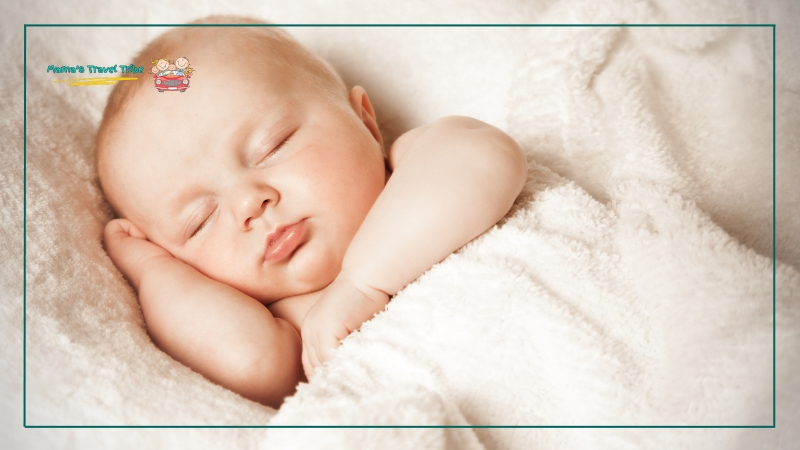
Plan for Frequent Breaks
If possible, plan for frequent breaks during the flight to move around with your baby. Movement can help with pressure equalization in the ears. Walking up and down the aisle or gently rocking your baby can provide comfort and relief. These breaks can also help prevent your baby from becoming too restless during the flight.
Always follow the airline’s safety guidelines when moving around the cabin.
Ensuring you have the proper documentation for your baby is crucial for a stress-free travel experience. You might wonder, Do I Need My Child’s Birth Certificate to Fly Domestically? This article provides clarity on what documents you need when flying within the country.
Conclusion
Traveling with a toddler can be challenging, but protecting their ears is crucial for a peaceful journey. Here are the key points to remember:
- Using headphones can help reduce noise and protect sensitive ears.
- Encouraging sucking during takeoff and landing can ease pressure changes.
- Keeping your baby hydrated prevents discomfort from dry cabin air.
- Gentle ear massages can provide additional relief.
- Staying calm and prepared ensures a smoother flight experience.
With these tips, you can ensure your baby’s ears are well-protected, making your flight more enjoyable for both you and your little one.

